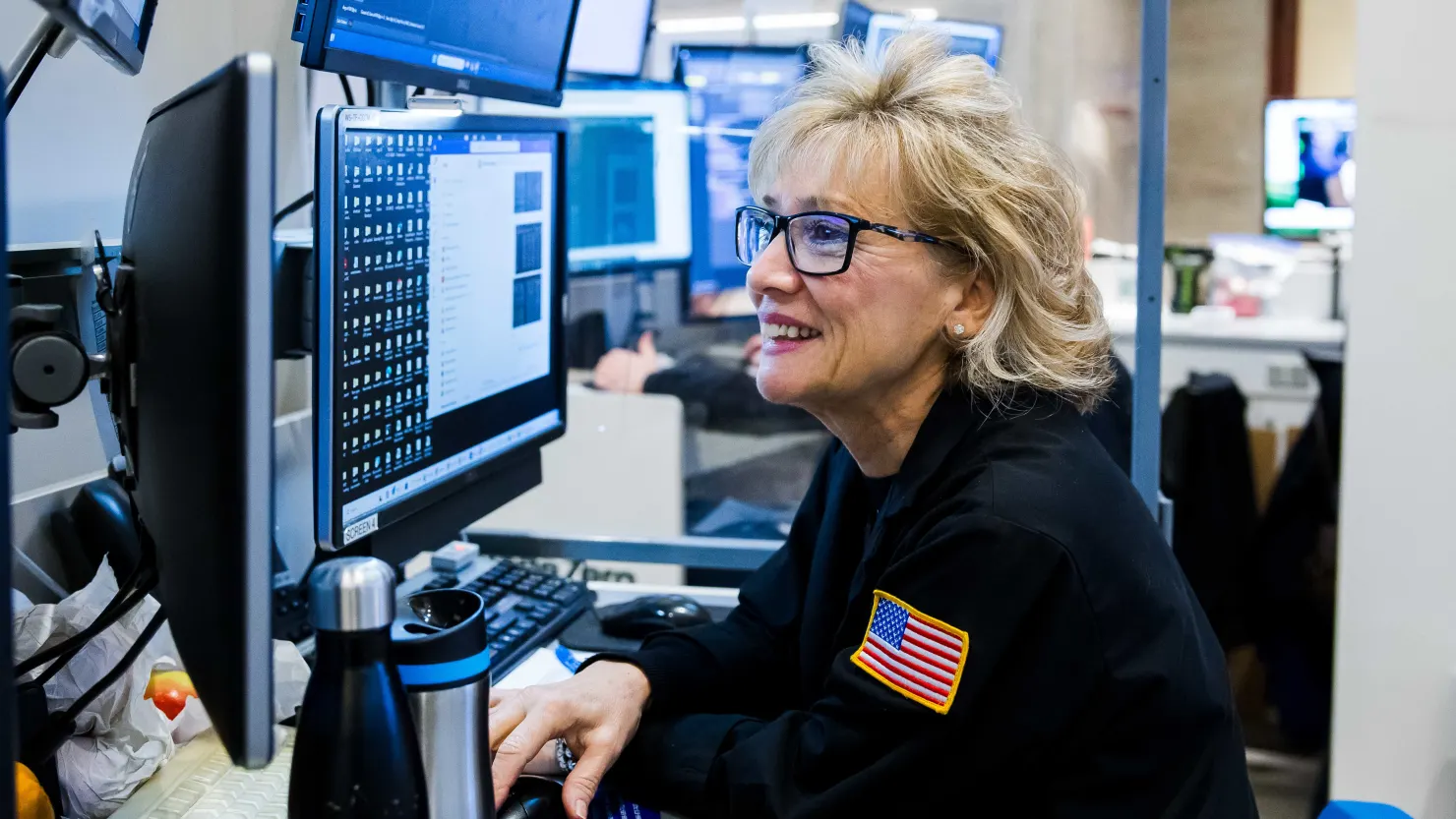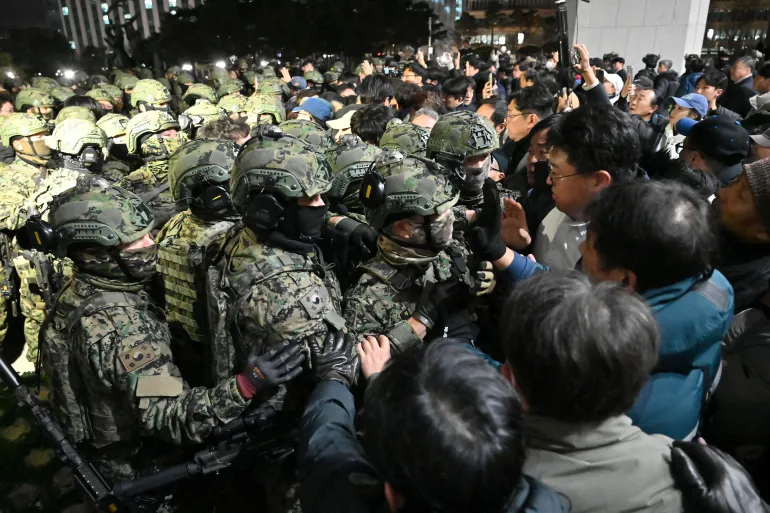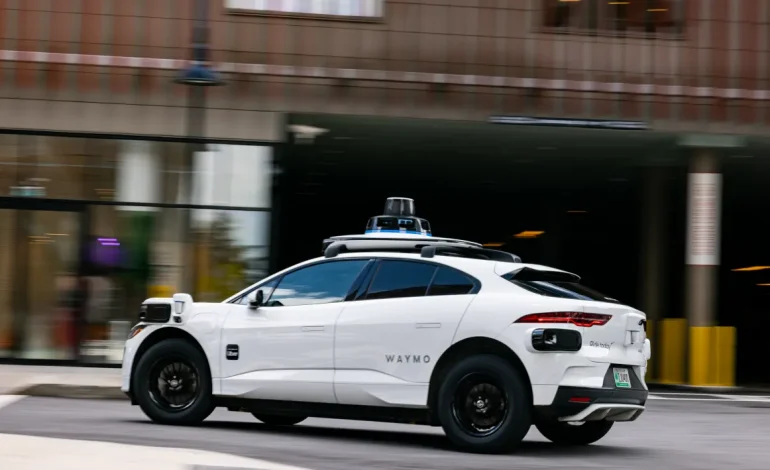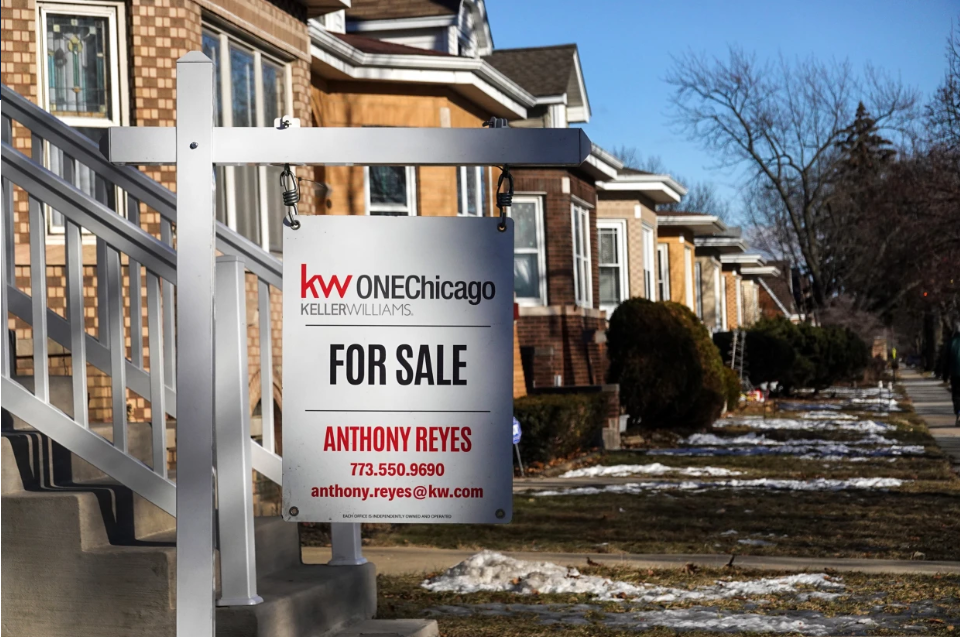Waymo has begun offering fully driverless robotaxi rides in Atlanta through a partnership with Uber, marking a significant step in the ongoing expansion of autonomous vehicle services in the United States.
Starting Tuesday, residents of Atlanta can book a Waymo-operated ride via the Uber app within a designated 65-square-mile service area around the city. The vehicles—battery-electric Jaguar I-PACE SUVs—feature Waymo’s advanced autonomous driving system, known as the Waymo Driver. These rides do not include a safety driver, setting them apart from some competitors.
The launch in Atlanta builds on the collaboration between Waymo and Uber that began in Austin, Texas, earlier this year. In both cities, riders are able to choose between human-driven vehicles and driverless options via the Uber app. The service in Atlanta will initially exclude travel on highways and to the airport.
Waymo, owned by Alphabet, is currently delivering more than 250,000 paid rides per week when factoring in its own Waymo One app and Uber-based bookings, positioning the company as an early leader in the still-developing robotaxi market.
While Tesla recently launched its own limited robotaxi service in Austin, featuring supervised vehicles with a human in the passenger seat, Waymo’s vehicles operate completely autonomously. Tesla’s pilot, which uses modified Model Y vehicles, is available only to select invitees and runs during daylight hours.
The expansion comes as competition intensifies in the autonomous vehicle sector. Amazon-backed Zoox is preparing to deploy driverless taxis in Las Vegas later this year and aims to expand to other markets, including Atlanta. Meanwhile, companies in China such as Baidu and WeRide are also scaling up operations.
Waymo’s integration with Uber reflects a broader trend. Uber, once invested in developing its own self-driving technology, sold that division after a 2018 incident involving a fatal crash and has since pivoted to partnerships with autonomous technology providers. The company now maintains 18 such collaborations globally and anticipates reaching 1.5 million driverless trips annually, including both passenger and food delivery services.
Although Waymo robotaxis are currently limited to passenger rides and do not include Uber Eats deliveries, executives from both companies expressed optimism about the future of autonomous mobility.
“By integrating Waymo’s cutting-edge technology into the Uber platform, we’re continuing to make transportation more convenient, sustainable, and reliable,” said Sarfraz Maredia, head of Uber’s autonomous driving initiatives.










The latest news in your social feeds
Subscribe to our social media platforms to stay tuned